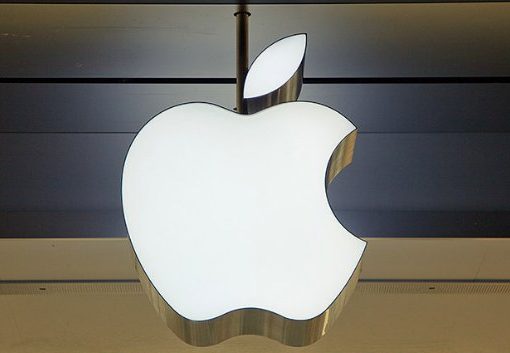Covestor model: Value and Growth 2
In law school I received a windfall – well, $8000 was a tidy sum for a poor student anyway – and invested it in Xerox (XRX). What happened next can only be described as heartbreaking. Xerox’s stock price fell off a cliff. Thus was my first foray into the wiles of the stock market.
Looking back on it, I should have known better than to stuff all of my eggs in one basket, but I am a native Rochestarian who grew up in the corporate shadow of Xerox, Kodak (EKDKQ) and Bausch & Lomb. I trusted that those companies would be as profitable and stable in the future as they were in the past.
I was also an avid Apple (AAPL) fan, having owned their computers in one form or another since the days operating systems came on 5.5 inch floppy drives. If I had invested that same $8000 in Apple I would have had over $450,000 today. The year was 1999 and back then Apple was fledgling and on the verge of going under. Tech giants like Microsoft (MSFT) and Oracle (ORCL) were all the rage. Investing in Apple seemed foolhardy – but now who is the fool?
I write this to say one thing – you never know where the market will take you. The right decision could make you wealthy while the wrong decision could put you in the poor house. I lost most of my $8000 investment in Xerox.
I later sold my stock at a huge loss and put what was left into a savings account. I stayed out of the market for years until I had the courage – and income – to get back in again. That was well after I graduated and was gainfully employed.
Funny thing about the stock market though – even after 13 years it hasn’t changed much. There are still “sure bets” that turn out to be duds–think NetFlix (NFLX)–and startups that turn into stars. Anybody heard of a little company named Amazon? (AMZN) There are ups and there are downs; sure bets and big winners.
There are those “in the know” and happy to share their knowledge, and those who know nothing equally happy to tell all. One thing is for certain, though, with the right strategy, an individual investor can weather the stormy stock market waters and find a niche to prosper.
That is what I have strived to do with the Value and Growth 2 Model. This model shuns day-to-day trading and instead focuses on ownership (you know, actually buying a stock for the purpose of owning a share in a company you know and trust – can that really happen?).
It is the quintessential “Buffet Rule” that is so highly touted by those “in the know.” While I don’t purport to be anything near a Buffet maverick (see paragraph 1), I will say that he is definitely onto something good.
When an investor stops chasing performance, running with the herd and falling with the lemmings and instead focuses on investing in solid companies with proven track records, steady dividend payouts and longevity something magical happens – the portfolio begins to perform! Who would have thunk it? Thus is the experience with my model. While I have not outperformed the S&P 500, I also have not lost my shirt.
As an example, I recently sold Great Northern Iron Ore Properties (GNI) at $113 per share. It is now at $66 per share. That wasn’t dumb luck. I bought for the long haul after conducting careful research. I monitored the position, read the analyst reports, and paid attention to my brethren on Seeking Alpha.
When I saw the writing on the wall I exited the position, with no losses to my principal, and a tiny profit to boot. Now, before you declare me the guru of trading be forewarned that all of my trades have not been so good. Take my recently liquidated position in Bank of America (BAC). Need I say more? I would tell you about the “other” bank I invested in, but the thought of it still makes me cry.
There is a point to this article. The market is unpredictable, but with the right strategy and a careful approach to investing you can temper the risk to a manageable level. As of May 10, the Value & Growth 2 Model had a year-to-date performance of 7.9% vs the S&P at 8.4%. Unfortunately, that success is overshadowed by our negative performance since inception (-7.8%).
While I have no doubt that our portfolio will grow and remain on the positive side of the house, I also know that potential investors value positive returns and are less willing to enter a model that doesn’t have a proven success record.
When evaluating this model, I urge you to look past the negatives and look at the recent gains since the model has been purged of trailing positions in favor of hopefully stable companies. I am not perfect, and this model is a glimpse of that, but look long enough and you might just be surprised with what else you find.





